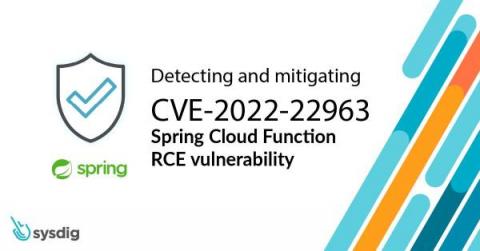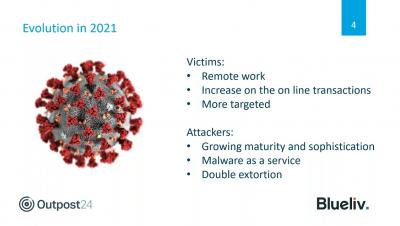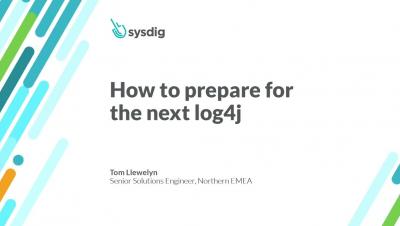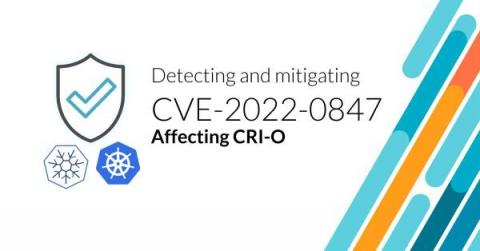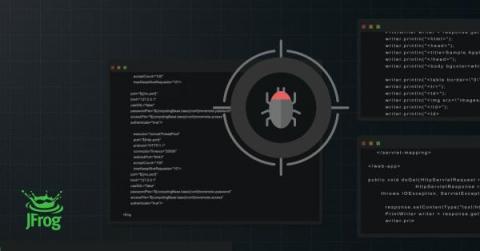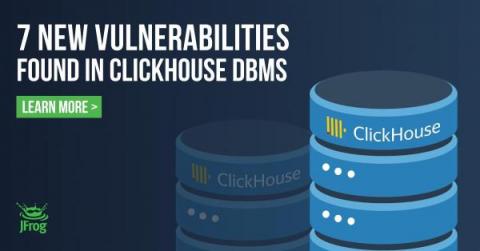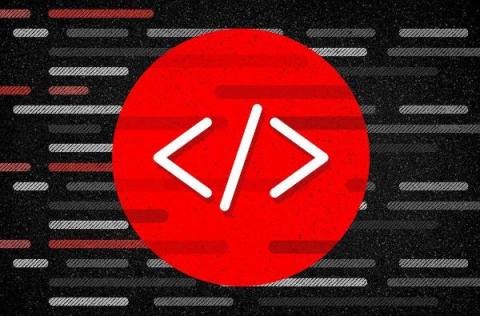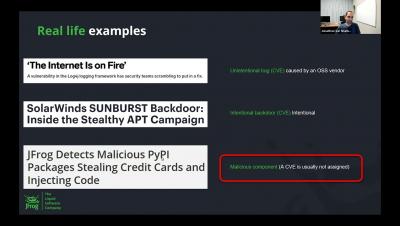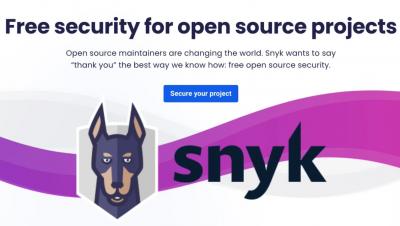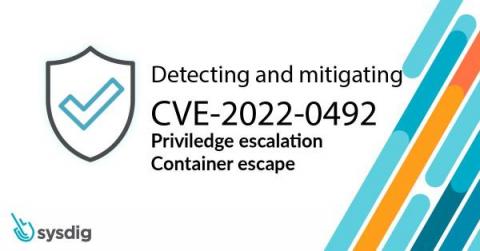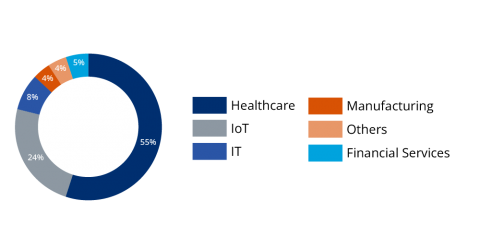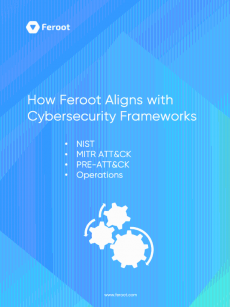Security | Threat Detection | Cyberattacks | DevSecOps | Compliance
March 2022
Veracode Product Update
SpringShell (Spring4Shell) Zero-Day Vulnerability CVE-2022-22965 : All You Need To Know
On March 29th, the cyberkendra security blog posted a sensational post about a Log4Shell-equivalent zero-day vulnerability in Spring Framework, but without any solid details about the vulnerability itself.
Spring4Shell: The zero-day RCE in the Spring Framework explained
On March 30, 2022, a critical remote code execution (RCE) vulnerability was found in the Spring Framework. More specifically, it is part of the spring-beans package, a transitive dependency in both spring-webmvc and spring-webflux. This vulnerability is another example of why securing the software supply chain is important to open source.
Dissecting Spring4Shell
An RCE vulnerability affecting Spring Core’s JDK 9 and later has become a trending topic in cybersecurity networks during the past couple days. This discovery, compared by some to the Log4Shell vulnerability, generated a lot of confusion and even got mistook with a different vulnerability affecting Spring Cloud, which got a CVE assigned the same day, and even linked them to completely unrelated commits on Spring Core’s GitHub.
The Next Log4Shell? Spring4Shell Hitting Waves.
Spring4Shell Zero-Day Vulnerability: Information and Remediation for CVE-2022-22965
Overview The internet is abuzz with the disclosure of CVE-2022-22965, an RCE vulnerability in Spring, one of the most popular open-source frameworks for Java applications in use today. Known as “Spring4Shell” or “SpringShell”, the zero-day vulnerability has triggered widespread concern about the possibility of a wave of malicious attacks targeting vulnerable applications. Is this Log4j 2.0?
Trustwave's Action Response: CVE-2022-22965 and CVE-2022-22963
Trustwave security and engineering teams are actively investigating the vulnerabilities CVE-2022-22965 (also referenced by other vendors at Spring4Shell / SpringShell) and CVE-2022-22963 and potential exploits. We are diligently watching over our clients for exposure and associated attacks and are taking action with approved mitigation efforts. At this time, Trustwave infrastructure and products have not been adversely affected by the vulnerability / exploits.
Detecting Spring4Shell 0-day Vulnerability Using Devo (updated 4/7/22)
Editor’s note: Latest update, April 6, 2022, 7:30 p.m. U.S. EDT — This post now includes an example query to aid SOC teams in generating alerts for their specific WAF data sources. See the section “Create New Web Application Firewall (WAF) Rules” for details. A critical zero-day vulnerability in Java’s popular Spring Core Framework is being actively targeted, according to multiple reports submitted to Bleeping Computer.
Critical Vulnerability in Spring Core: CVE-2022-22965 a.k.a. Spring4Shell
After the Spring cloud vulnerability reported yesterday, a new vulnerability called Spring4shell CVE-2022-22965 was reported this time on the very popular Java framework Spring Core on JDK9+. The vulnerability is always a remote code execution (RCE) which would permit attackers to execute arbitrary code on the machine and compromise the entire host.
This Week in VulnDB - highlight on sprint4shell and dep supply chain vulnerability
Spring Framework Remote Code Execution (CVE-2022-22965)
Details of a zero-day vulnerability in Spring Framework were leaked on March 29, 2022 but promptly taken down by the original source. Although much of the initial speculation about the nature of the vulnerability was incorrect, we now know that the vulnerability has the potential to be quite serious depending on your organization’s use of Spring Framework. There is also a dedicated CVE 2022-22965 assigned to this vulnerability. We will keep this blog updated as new information comes up.
Using the Snyk Vulnerability Database to find projects for The Big Fix
As developers, we all have our morning startup routine: make coffee, check Slack/Discord/email, read the latest news. One thing I do as part of my daily startup routine is check the Snyk Vulnerability Database for the latest open source vulnerabilities. It’s been especially interesting to see the types of exploits and vulnerabilities that appear in different ecosystems.
Important Updates on Spring4Shell Vulnerability
CyRC Vulnerability Analysis: Two distinct Spring vulnerabilities discovered - Spring4Shell and CVE-2022-22963
Detecting and Mitigating CVE-2022-22963: Spring4Shell RCE Vulnerability
Today, researchers found a new HIGH vulnerability on the famous Spring Cloud Function leading to remote code execution (RCE). The vulnerability CVE-2022-22963 would permit attackers to execute arbitrary code on the machine and compromise the entire host.
Is there such a thing as Spring4Shell?
Very early in the morning on March 30th (for me), my colleague DeveloperSteve posted a “Hey, have you seen this?” message in our slack channel. It was an “advance warning” of a “probable” remote code execution (RCE) in the massively popular Java Spring framework. I would come to find out that even earlier than that, the Snyk Security team started investigation a potential RCE in Spring after seeing a tweet that has since been deleted.
CVE-2022-23648 - Arbitrary Host File Access from containers launched by containerd CRI and its impact on Kubernetes
Firewall Inferno - Sophos & SonicWall Vulnerabilities
Splunk Indexer Vulnerability: What You Need to Know
A new vulnerability, CVE-2021-342 has been discovered in the Splunk indexer component, which is a commonly utilized part of the Splunk Enterprise suite. We’re going to explain the affected components, the severity of the vulnerability, mitigations you can put in place, and long-term considerations you may wish to make when using Splunk.
Vulns Unleashed: dompdf
Outpost24 webinar - The State of Ransomware in 2021 and How to Limit Your Exposure
An overview of our vulnerability assessment and pentesting process | Cyphere
Large-scale npm attack targets Azure developers with malicious packages
The JFrog Security research team continuously monitors popular open source software (OSS) repositories with our automated tooling to avert potential software supply chain security threats, and reports any vulnerabilities or malicious packages discovered to repository maintainers and the wider community. Two days ago, several of our automated analyzers started alerting on a set of packages in the npm Registry.
Shifting Log4j Discovery Right
You hear a lot about shifting your application security (AppSec) left – in other words, shifting AppSec to the beginning of the software development lifecycle (SDLC). While we firmly believe that you should continue scanning in development environments, that doesn’t mean that you should neglect applications that have been deployed to or staged in runtime environments.
Russian Hackers Exploit MFA protocols and Print Spooler "PrintNightmare" vulnerability
node-ipc sabotages JavaScript developers
dompdf security alert: RCE vulnerability found in popular PHP PDF library
Recently, researchers from Positive Security published findings identifying a major remote code execution (RCE) vulnerability in dompdf, a popular PDF generation library. In their reporting, they outlined a way that code could be loaded into an application and then remotely executed during a PDF being generated. Dompdf is used quite extensively within the PHP ecosystem, and is used within over 59,000 open sourced platforms and projects.
What to Expect from a Vulnerability Assessment Service | Cyphere
Linux 'Dirty Pipe' vulnerability: Snyk explains the risk and what you can do to protect your systems
Opensource from hell: malicious JavaScript distributed via opensource libraries, again
It’s open source, anyone can audit it, but is it safe? In this blog our CSO explores why distribution of malicious scripts via libraries is causing a stir amongst the open-source community and how you can defend against it.
Mitigating CVE-2022-0811: Arbitrary code execution affecting CRI-O
A new vulnerability CVE-2022-0811, alias cr8escape, with CVSS 8.8 (HIGH) has been found in the CRI-O container engine by Crowdstrike. This vulnerability can lead to arbitrary code execution. The container engines affected are: Any containerized infrastructure that relies on these vulnerable container engines is affected as well, including Kubernetes and OpenShift (version 4.6 to 4.10).
Python RCE vulnerability in Celery
10 tips for keeping your Docker containers safe from Log4Shell
Today we’re pleased to announce an update to our popular Docker and Snyk vulnerability cheat sheet. Since 2020, millions of MacOS and Windows developers have been able to use docker scan to analyze their containers in their local environments as part of their day-to-day development. This capability gives teams feedback at the time of active development for faster cycles.
Diving into CVE-2022-23943 - a new Apache memory corruption vulnerability
A few days ago it was reported that the new Apache version 2.4.53 contains fixes for several bugs which exposed the users of the well known HTTP server to attacks: CVE-2022-22719 relates to a bug in the mod_lua modules which may lead to Denial of Service after reading from a random memory Area, CVE-2022-22720 exposes the server to HTTP Smuggling attacks, CVE-2022-22721 exposes the server to a buffer overflow when handling large XML input, and CVE-2022-23943 is a vulnerability in the mod_sed module, whi
Live Hacking: Find Vulnerabilities in Your Apps Before Hackers do
Most Common Authorization Vulnerabilities
Authorization vulnerabilities allow malicious users to perform unwanted actions or access resources that are deemed protected otherwise. Authorization vulnerabilities are one of the most widely found vulnerabilities in web applications. The OWASP top 10 list of web application security risks listed broken access control vulnerabilities as the number one risk in 2021, so understanding authorization vulnerabilities is an important topic for application security engineers.
Alert: peacenotwar module sabotages npm developers in the node-ipc package to protest the invasion of Ukraine
On March 15, 2022, users of the popular Vue.js frontend JavaScript framework started experiencing what can only be described as a supply chain attack impacting the npm ecosystem. This was the result of the nested dependencies node-ipc and peacenotwar being sabotaged as an act of protest by the maintainer of the node-ipc package.
7 RCE and DoS vulnerabilities Found in ClickHouse DBMS
The JFrog Security research team constantly monitors open-source projects to find new vulnerabilities or malicious packages and share them with the wider community to help improve their overall security posture. As part of this effort, the team recently discovered seven new security vulnerabilities in ClickHouse, a widely used open-source Database Management System (DBMS) dedicated to online analytical processing (OLAP).
cr8escape: New Vulnerability in CRI-O Container Engine Discovered by CrowdStrike (CVE-2022-0811)
CrowdStrike’s Cloud Threat Research team discovered a zero-day vulnerability (CVE-2022-0811) in CRI-O (a container runtime engine underpinning Kubernetes). Dubbed “cr8escape,” when invoked, an attacker could escape from a Kubernetes container and gain root access to the host and be able to move anywhere in the cluster.
Detecting and responding to Dirty Pipe with Elastic
In recent days, several security vendors have published blogs about the Linux-based exploitation (CVE-2022-0847), also known as Dirty Pipe. The Elastic Security Research team is sharing the first detailed research to help organizations find and alert on the exploitation with Elastic Security products. We are releasing this research so that users can defend themselves, since very little information has been shared on the actual detection of exploitation attempts.
Identifying and Avoiding Malicious Packages
Announcing Snyk free security for open source projects
A Simple Guide to Getting CVEs Published
We were once newcomers to the security research field and one of the most annoying problems we ran across was how to get a CVE published. After all, what good is it to find a juicy vulnerability if you can’t get the word out to others? So, as a resource to help our fellow researchers, we decided to put together a CVE publishing guide based on our experience, and honestly a lot of good old trial and error.
CVSS: Measuring the Severity of an IT Security Vulnerability
The Dirty Pipe vulnerability: Overview, detection, and remediation
The situation with Dirty Pipe is rapidly evolving. We will update the information in this blog as it is released publicly. On March 7, 2022, Max Kellermann publicly disclosed a vulnerability in the Linux kernel, later named Dirty Pipe, which allows underprivileged processes to write to arbitrary readable files, leading to privilege escalation. This vulnerability affects kernel versions starting from 5.8.
Hackers Breached Samsung, Stole Galaxy Source Code
Read also: Rompetrol hit by Hive ransomware, Mozilla fixes Firefox zero-days, and more.
This Week in VulnDB - 10th March 2022
A Day In The Life of A Service Company CISO - Caroline Wong
"Dirty Pipe" Linux vulnerability and your containerized applications (CVE-2022-0847)
Recently, CVE-2022-0847 was created detailing a flaw in the Linux kernel that can be exploited allowing any process to modify files regardless of their permission settings or ownership. The vulnerability has been named “Dirty Pipe” by the security community due to its similarity to “Dirty COW”, a privilege escalation vulnerability reported in CVE-2016-5195, and because the flaw exists in the kernel pipeline implementation.
CVE-2022-0847: "Dirty Pipe" Linux Local Privilege Escalation
Right on the heels of CVE-2022-4092, another local privilege escalation flaw in the Linux Kernel was disclosed on Monday, nicknamed “Dirty Pipe” by the discoverer. MITRE has designated this as CVE-2022-0847. Similar to the “Dirty COW” exploit (CVE-2016-5195), this flaw abuses how the Kernel manages pages in pipes and impacts the latest versions of Linux.
Dirty Pipe: Linux Kernel Vulnerability Could Lead to Root Privileges - CVE-2022-0847
Russian-linked malware cyberattacks: what you need to know about Hermetic Wiper and Cyclops Blink
Just days after Russia launched its invasion against the people of Ukraine, news reports emerged of several cyberattacks. Deployed systematically ahead of the land invasion, Russian cyberattacks against Ukraine have rendered Ukrainian banks, government departments and other core services unavailable through the use of sophisticated ‘data wipers
CVE-2022-0492: Privilege escalation vulnerability causing container escape
Linux maintainers disclosed a privilege escalation vulnerability in the Linux Kernel. The vulnerability has been issued a Common Vulnerability and Exposures ID of CVE-2022-0492 and is rated as a High (7.0) severity. The flaw occurs in cgroups permitting an attacker to escape container environments, and elevate privileges. The vulnerable code was found in the Linux Kernel’s cgroup_release_agent_write in the kernel/cgroup/cgroup-v1.c function.
PROPHET SPIDER Exploits Citrix ShareFile Remote Code Execution Vulnerability CVE-2021-22941 to Deliver Webshell
At the start of 2022, CrowdStrike Intelligence and CrowdStrike Services investigated an incident in which PROPHET SPIDER exploited CVE-2021-22941 — a remote code execution (RCE) vulnerability impacting Citrix ShareFile Storage Zones Controller — to compromise a Microsoft Internet Information Services (IIS) web server. The adversary exploited the vulnerability to deploy a webshell that enabled the downloading of additional tools.
New Supply Chain Vulnerabilities Impact Medical and IoT Devices
Forescout’s Vedere Labs, in partnership with CyberMDX, have discovered a set of seven new vulnerabilities affecting PTC’s Axeda agent, which we are collectively calling Access:7. Three of the vulnerabilities were rated critical by CISA, as they could enable hackers to remotely execute malicious code and take full control of devices, access sensitive data or alter configurations in impacted devices.
The State of Cybersecurity in 2022
JFrog Discloses 5 Memory Corruption Vulnerabilities in PJSIP - A Popular Multimedia Library
JFrog’s Security Research team is constantly looking for new and previously unknown security vulnerabilities in popular open-source projects to help improve their security posture. As part of this effort, we recently discovered 5 security vulnerabilities in PJSIP, a widely used open-source multimedia communication library developed by Teluu. By triggering these newly discovered vulnerabilities, an attacker can cause arbitrary code execution in the application that uses the PJSIP library.

















